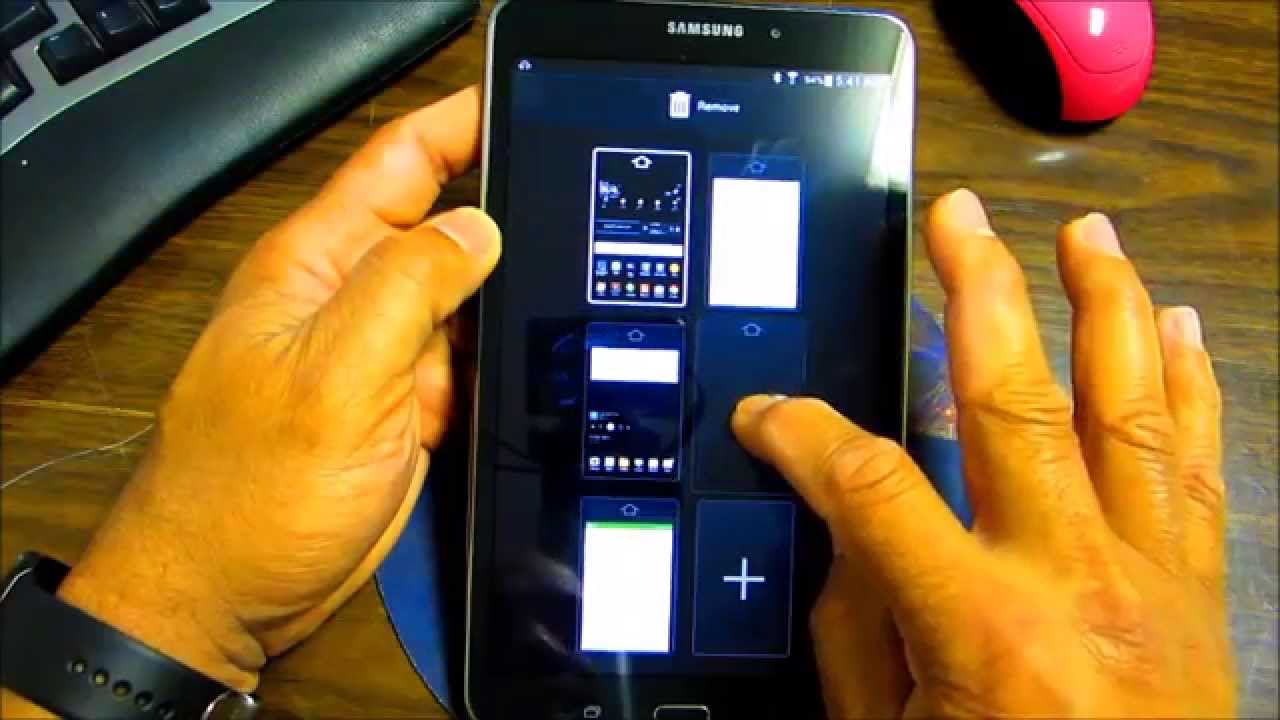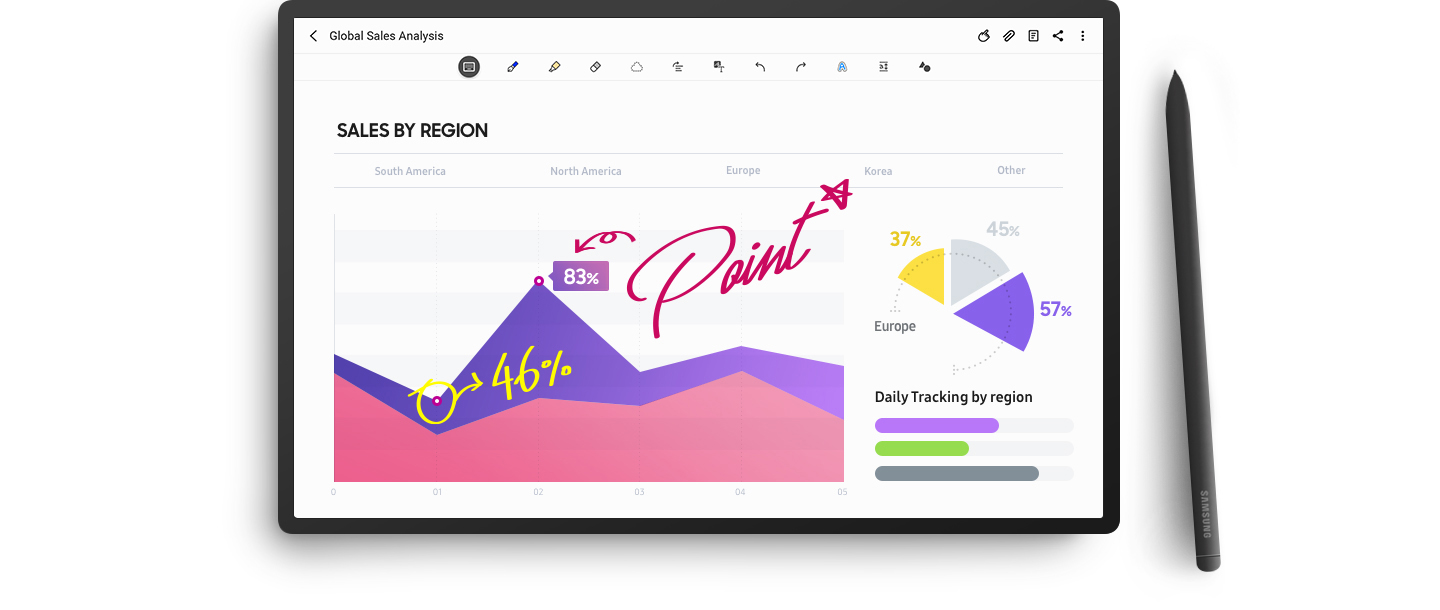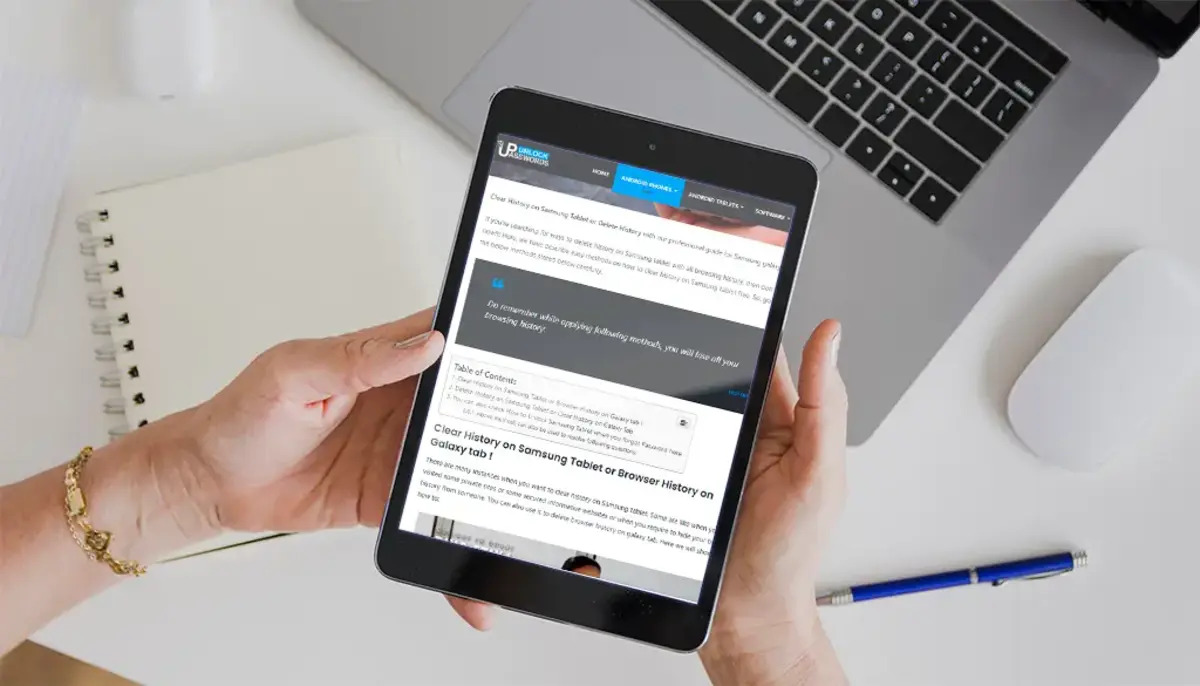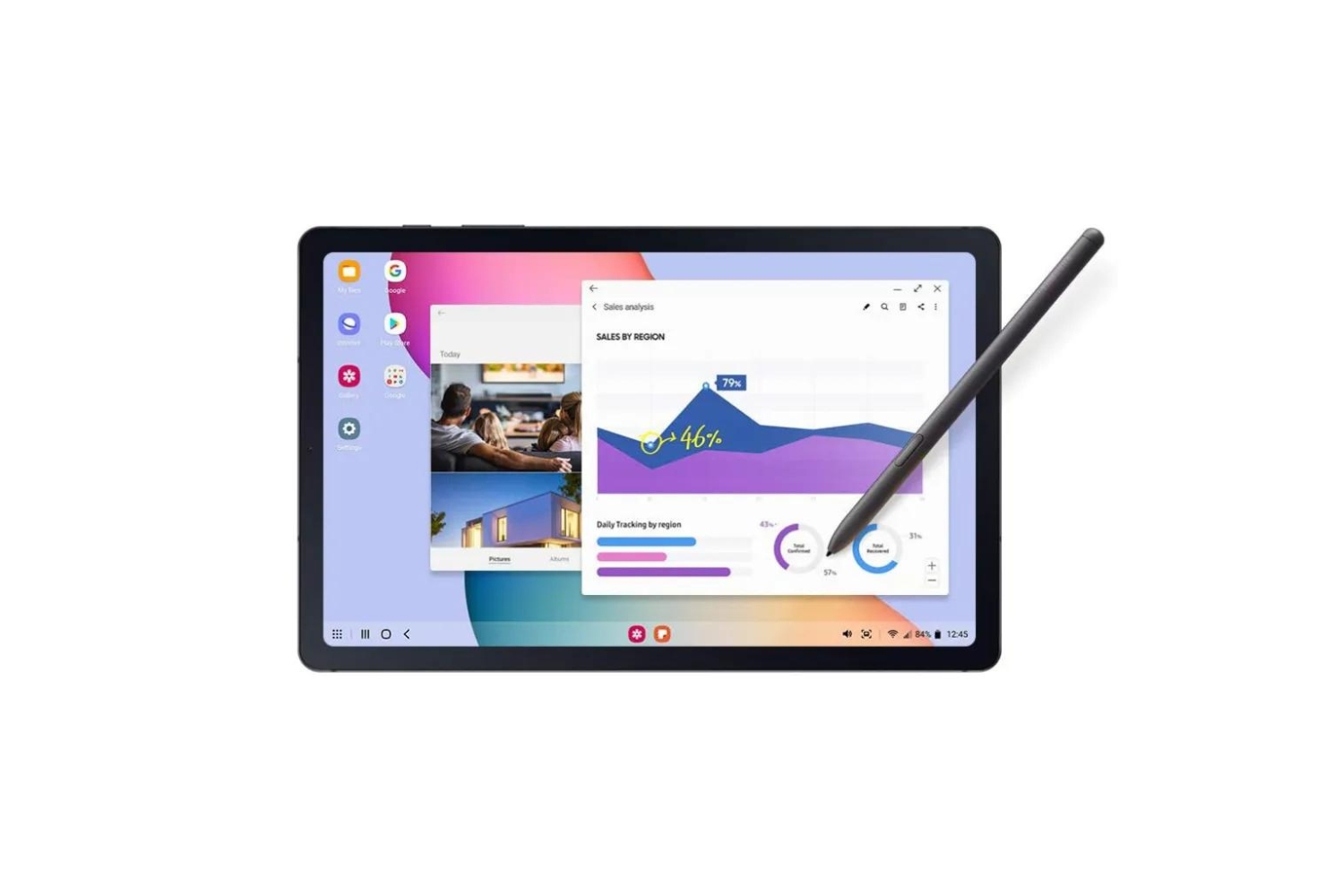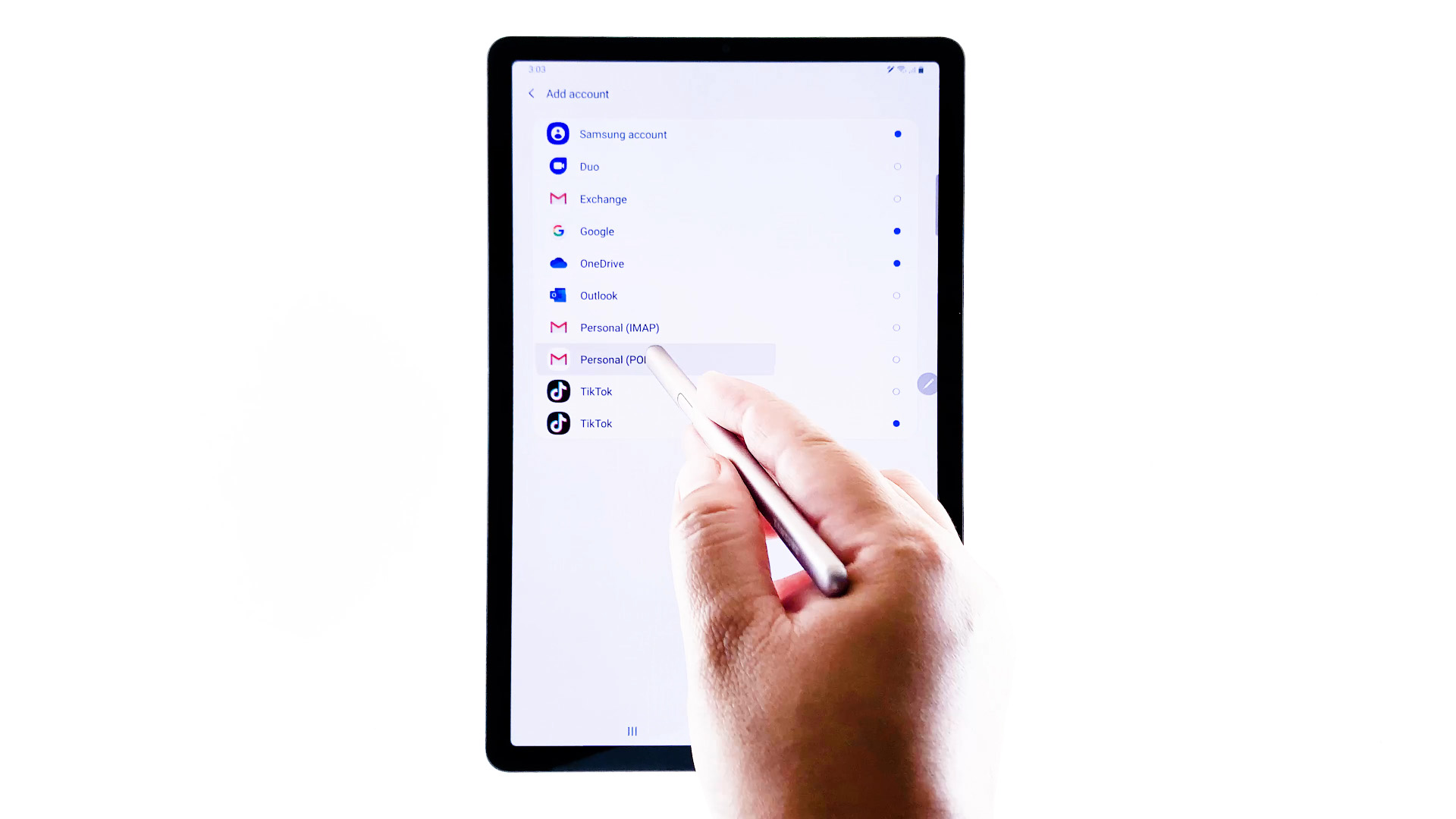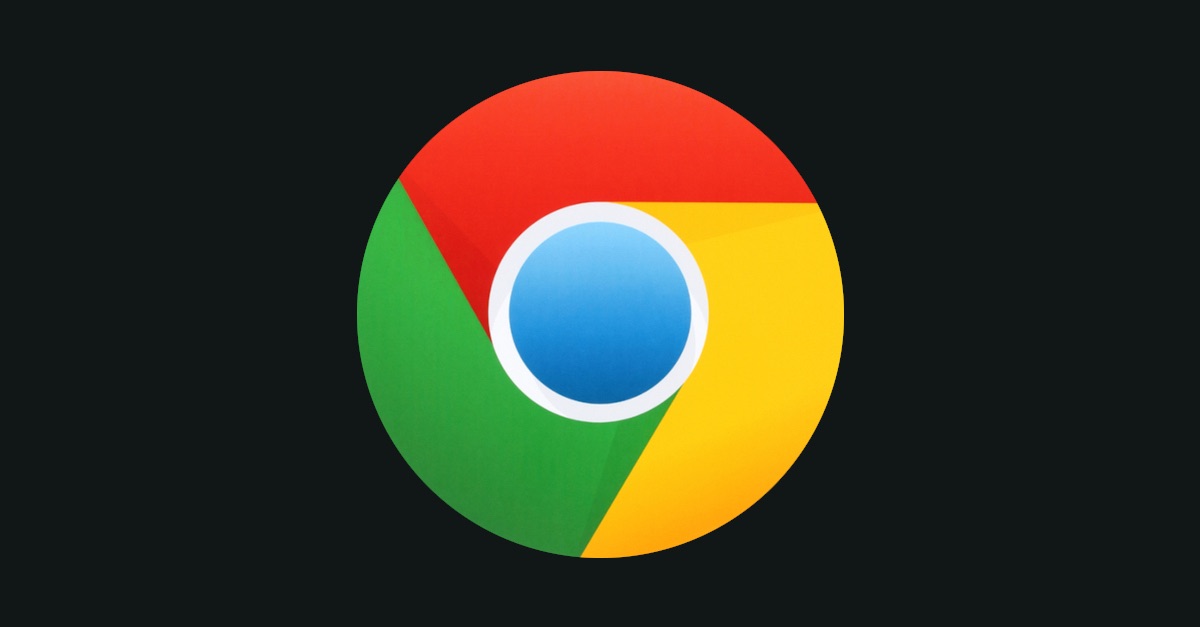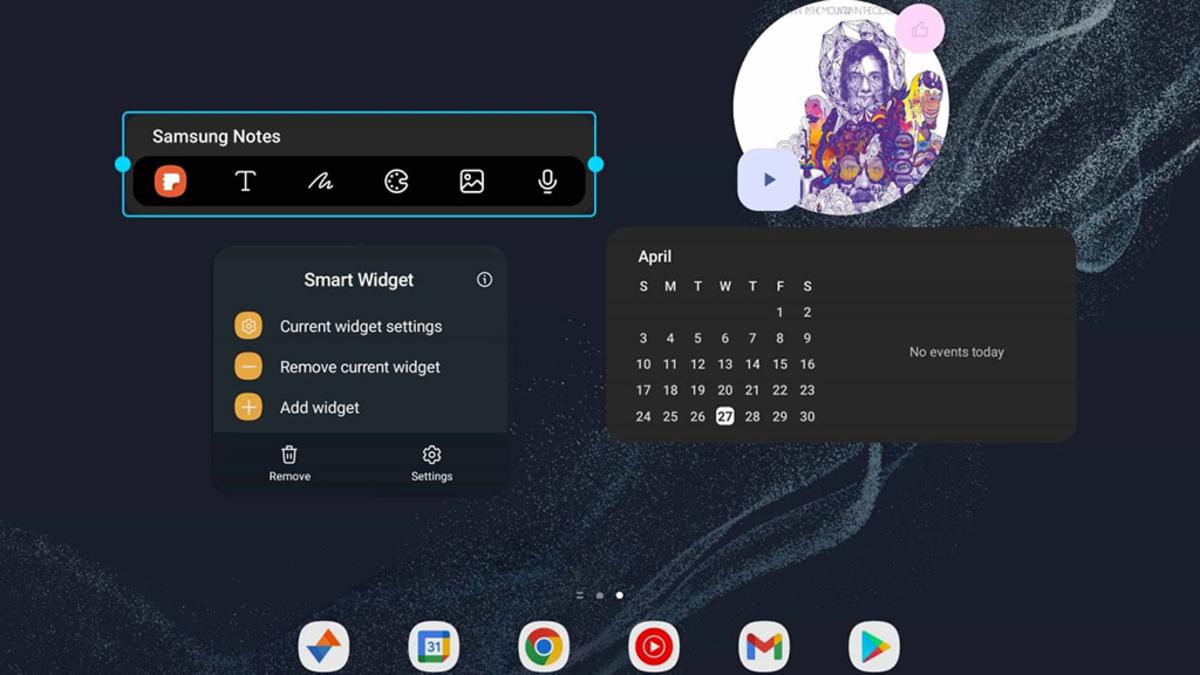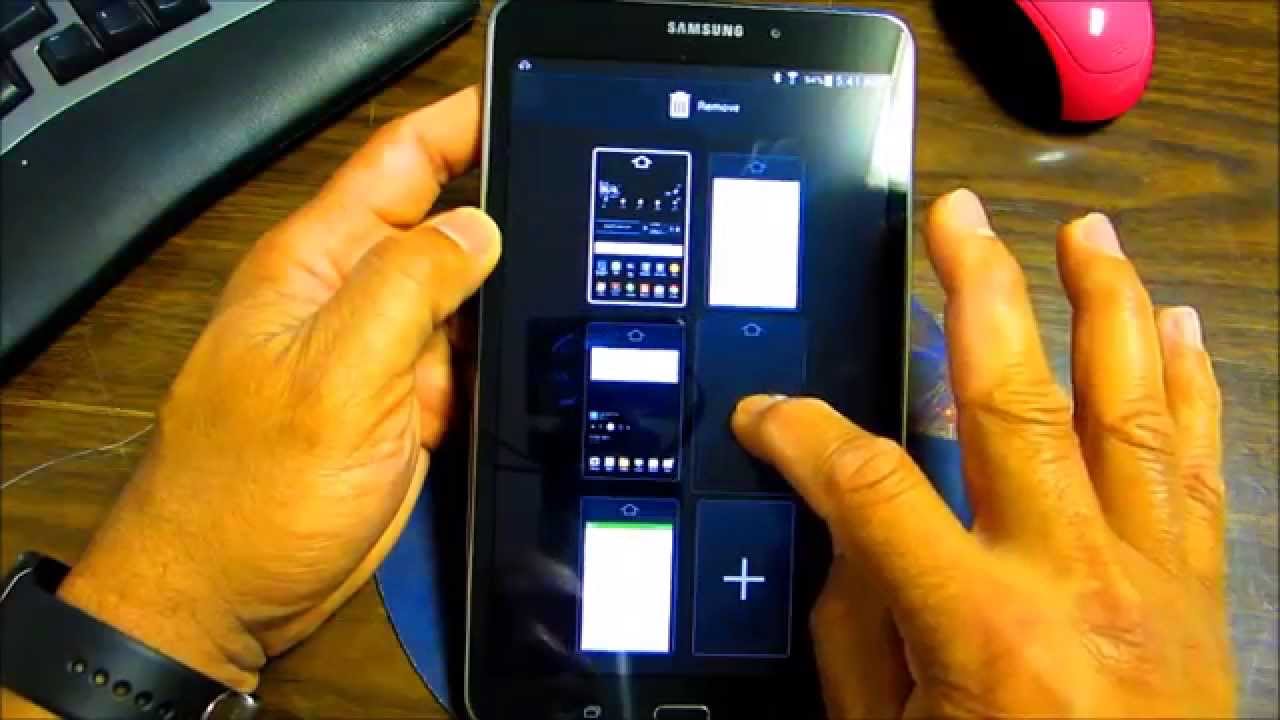Introduction
Your Samsung tablet is a powerful device that allows you to access a world of information and entertainment at your fingertips. However, you may have encountered the frustrating issue of blank pages appearing on your tablet’s home screen. These empty pages can be both bothersome and unappealing, cluttering up the interface and making it difficult to navigate through your apps and widgets.
Fortunately, there are several methods you can try to remove these blank pages and optimize the layout of your Samsung tablet’s home screen. In this article, we will explore these methods step-by-step, ensuring that you can regain control over your tablet’s interface and enjoy a clutter-free experience.
We will walk you through the process of manually deleting blank pages, organizing your apps and widgets, resetting the home screen layout, uninstalling unnecessary apps, clearing cache and data, and, as a last resort, performing a factory reset.
Before we delve into these methods, it’s important to understand why these blank pages may be appearing on your Samsung tablet in the first place.
Why are there blank pages on my Samsung tablet?
If you’re wondering why your Samsung tablet is displaying blank pages on the home screen, there can be a few potential reasons behind this issue.
One possibility is that you may have unintentionally created these blank pages while rearranging your apps or widgets. When moving icons around, it’s easy to mistakenly swipe or drag an app to a new page, leaving the previous page empty.
Another reason for blank pages could be the installation of certain apps that create their own dedicated pages on the home screen. These apps may have been uninstalled, but their blank pages might not have been automatically removed.
Additionally, if you have recently updated your Samsung tablet’s software, it’s possible that the update has caused some inconsistencies in the layout, resulting in blank pages.
It’s also important to consider the possibility of a glitch or software bug that is causing the blank pages to appear. In such cases, troubleshooting methods like clearing cache and data or performing a factory reset may be necessary to resolve the issue.
By understanding the potential causes behind the appearance of blank pages, you can proceed with the methods outlined in the following sections to effectively remove them and optimize your Samsung tablet’s home screen.
Method 1: Deleting blank pages manually
If you have accidentally created blank pages on your Samsung tablet’s home screen while rearranging icons, the simplest and most straightforward solution is to delete them manually. Here’s how:
- Pinch inward on the home screen with two fingers or use the multi-finger gesture to zoom out. This will reveal a bird’s eye view of all the home screen pages.
- Locate the blank page that you want to remove. You can identify it by the absence of any app icons or widgets.
- Long-press on the blank page until an option to customize the home screen appears.
- Drag the blank page towards the “Remove” or “Delete” option, usually located at the top or bottom of the screen.
- Release your finger to confirm the deletion of the blank page.
- Repeat these steps for any other blank pages you wish to remove.
By manually deleting the blank pages, you can streamline your Samsung tablet’s home screen and ensure that only the necessary pages are displayed. This method is quick, easy, and does not require any technical expertise.
However, please note that if you accidentally delete a page containing apps or widgets that you want to keep, you can easily restore them by following the next methods that will cover organizing your apps and widgets and resetting the home screen layout.
Method 2: Organizing your apps and widgets
In some cases, the presence of blank pages on your Samsung tablet’s home screen may be due to disorganized app and widget placement. By organizing and consolidating your icons, you can eliminate the need for multiple pages, reducing the chances of encountering blank screens. Follow these steps:
- On your home screen, long-press on an app or widget that you want to move.
- Once it’s selected, drag it towards the edge of the screen to initiate the page scrolling.
- Drag the app or widget onto an existing page with available space or to another app to create a folder.
- Position the app or widget in the desired location by dragging it to a specific spot or within a folder.
- If you no longer need a specific app or widget, simply drag it to the “Remove” or “Delete” option that appears on the screen.
- Continue organizing your apps and widgets until you have a streamlined home screen without any blank pages.
Furthermore, consider using folders to group apps with similar functions or categories. For example, you can create a folder for social media apps or productivity tools. This not only helps in organizing your home screen but also minimizes the need for multiple pages.
By taking the time to organize your apps and widgets, you can ensure that your Samsung tablet’s home screen is clean, clutter-free, and optimized for easy navigation without any blank pages.
Method 3: Resetting the home screen layout
If you’re still struggling with blank pages on your Samsung tablet’s home screen, resetting the home screen layout can often help resolve the issue. This method essentially reverts the home screen to its default settings, eliminating any potential layout inconsistencies. Follow these steps:
- Go to the “Settings” app on your Samsung tablet. You can usually find it in the app drawer or by swiping down from the top of the screen and tapping the gear-shaped icon.
- Scroll through the settings menu and find the “Display” or “Home screen” option. The specific wording may vary depending on your device model and software version.
- Look for an option like “Home screen settings” or “Layout” within the “Display” or “Home screen” section.
- Tap on the option to reset the home screen layout. You may need to confirm your action by pressing “Reset” or a similar button.
- Once the home screen layout is reset, go back to the home screen and check if the blank pages have been removed.
By resetting the home screen layout, you are essentially starting with a clean slate, allowing you to rebuild the layout and eliminate any blank pages that may have been causing issues.
However, please note that this method will also reset any home screen customization you had made, including widget placements and app folders. You may need to set up your home screen according to your preferences again.
If resetting the home screen layout doesn’t solve the problem, you can proceed to the next method, which involves uninstalling unnecessary apps from your Samsung tablet.
Method 4: Uninstalling unnecessary apps
Unnecessary apps can contribute to the clutter on your Samsung tablet’s home screen, potentially leading to the appearance of blank pages. By uninstalling these apps, you can declutter your device and reduce the chances of encountering empty screens. Follow these steps to remove unwanted apps:
- Open the app drawer on your Samsung tablet by tapping on the app icon usually located on the bottom dock or by swiping up from the home screen.
- Scroll through the app drawer and look for any apps that you no longer use or need.
- Long-press on an app to enter the edit mode, which allows you to select multiple apps for uninstallation.
- Tap on the “Uninstall” or “Remove” option that appears on the screen. You may need to confirm your action by pressing “OK” or a similar button.
- Repeat these steps for each unnecessary app you want to uninstall.
By removing unnecessary apps, you not only create more space on your device but also reduce the clutter on your home screen, minimizing the chances of encountering blank pages.
If you are unsure about uninstalling certain apps, you can also disable them instead. Disabling an app will hide it from the home screen and prevent it from running, providing a similar effect to uninstalling it.
Remember to exercise caution when uninstalling or disabling apps. Make sure not to uninstall any essential system apps or apps that are critical to the functioning of your device.
If uninstalling unnecessary apps does not resolve the issue, you can try clearing the cache and data of problematic apps, which we will cover in the next method.
Method 5: Clearing cache and data of problematic apps
Clearing the cache and data of problematic apps on your Samsung tablet can help resolve issues that may be causing blank pages to appear on the home screen. Cached data and temporary files can sometimes become corrupted, leading to inconsistencies in app behavior. Follow these steps to clear the cache and data:
- Go to the “Settings” app on your Samsung tablet.
- Scroll down and find the “Apps” or “Applications” option. Tap on it.
- You will see a list of installed apps on your device. Search for the app that is causing the blank pages.
- Tap on the app to open its settings.
- Within the app settings, you will find options like “Storage” or “Storage & cache.” Tap on it.
- Next, tap on the “Clear cache” button to remove the temporary files stored by the app.
- If clearing the cache doesn’t resolve the issue, you can also try tapping on the “Clear data” or “Delete data” button. However, keep in mind that this will reset the app and may delete any saved preferences or local data tied to the app.
- Repeat these steps for any other problematic apps that may be causing blank pages.
By clearing the cache and data of problematic apps, you can often eliminate any underlying issues that may be leading to blank screens. This method can help restore the proper functioning of the apps and prevent any further blank page occurrences on your Samsung tablet’s home screen.
If none of the previous methods have resolved the issue, you may need to consider performing a factory reset, which we will cover in the next method. However, keep in mind that a factory reset will erase all data and settings from your device, so make sure to back up any important information before proceeding.
Method 6: Performing a factory reset
If all other methods have failed to remove the blank pages from your Samsung tablet’s home screen, performing a factory reset can be a last resort solution. A factory reset will restore your device to its original settings, effectively resolving any persistent issues. However, please note that this action will erase all data and settings on your tablet, so it’s crucial to create a backup beforehand. Follow these steps to perform a factory reset:
- Open the “Settings” app on your Samsung tablet.
- Scroll down to find the “General Management” or “System” option and tap on it.
- Select the “Reset” or “Reset options” menu.
- Choose the “Factory data reset” or “Factory reset” option.
- Read through the information displayed, as it will highlight the consequences of performing a factory reset.
- Tap on the “Reset” or “Delete all” button to initiate the process.
- Follow the on-screen prompts to confirm your action, which may include entering your device’s security PIN or password.
- Wait for your Samsung tablet to complete the factory reset process.
Once the factory reset is complete, your tablet will be in the same state as when you first purchased it. You will need to set up your device from scratch, including reconfiguring settings and reinstalling any necessary apps.
Performing a factory reset should only be considered as a last resort if all other methods have failed to resolve the issue of blank pages. It’s also a good idea to reach out to Samsung support or consult their documentation for assistance before proceeding with a factory reset.
By following these methods, you should be able to remove blank pages from your Samsung tablet’s home screen and enjoy a streamlined and clutter-free user interface.
Conclusion
Dealing with blank pages on your Samsung tablet’s home screen can be frustrating, but with the methods outlined in this article, you can regain control over your device’s interface and create a clutter-free user experience.
We started by explaining the potential causes behind the appearance of blank pages, including accidental creation, leftover pages from uninstalled apps, software updates, or glitches. Understanding these causes can help you tackle the issue more effectively.
We then walked you through six different methods to remove blank pages:
- Deleting blank pages manually by pinching in on the home screen and dragging them to the “Remove” option.
- Organizing your apps and widgets by rearranging them on the home screen and creating folders.
- Resetting the home screen layout to its default settings.
- Uninstalling unnecessary apps to declutter the home screen.
- Clearing the cache and data of problematic apps to resolve any inconsistencies.
- Performing a factory reset as a last resort solution.
Remember to exercise caution when performing a factory reset, as it will erase all data and settings on your device.
By following these methods, you can effectively tackle the issue of blank pages and optimize your Samsung tablet’s home screen for a more streamlined and appealing user interface.
If you continue to experience blank pages or encounter any other technical difficulties, it is recommended to reach out to Samsung support or consult the user manual for further guidance specific to your device model.
With a little patience and these troubleshooting techniques, you can enjoy a seamless and hassle-free experience on your Samsung tablet.







